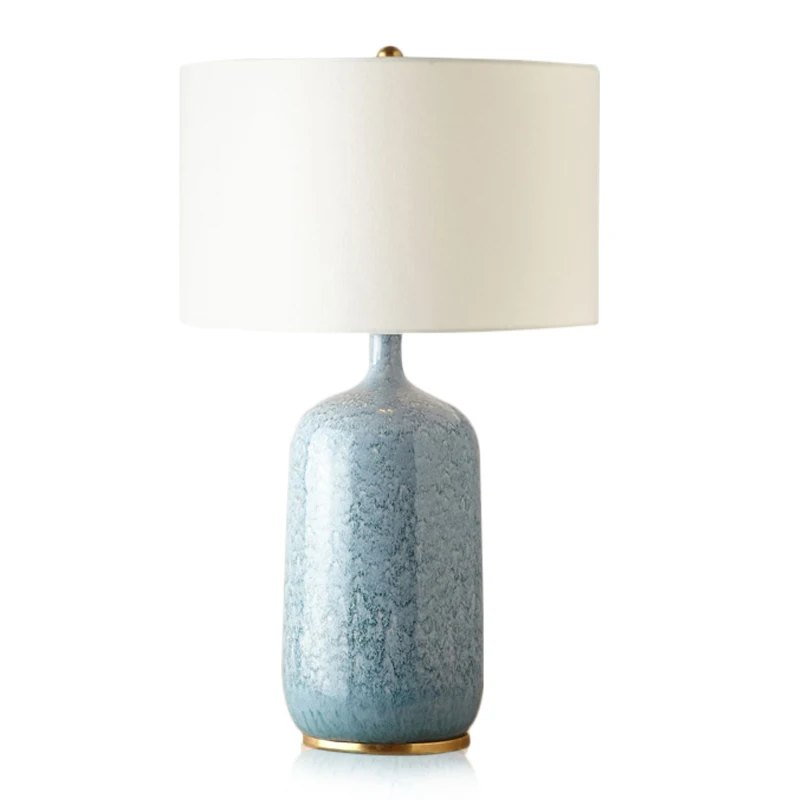
LEAFLETS
PRODUCTS
The Art of Ambient Lighting Selecting Table Lamps to Enhance Your Space
Understanding Light Color Temperature and its Impact
Before diving into lamp styles, it's crucial to understand the concept of color temperature, measured in Kelvin (K). This isn't about the lamp's physical temperature, but rather the perceived color of the light it emits. Lower Kelvin values (2700K-3000K) produce a warm, yellowish light, often associated with coziness and relaxation. Think of a candle's gentle glow – that's the effect you're aiming for with warmer-toned ambient lighting. This is ideal for living rooms, bedrooms, and dining areas where a welcoming atmosphere is desired.
Higher Kelvin values (5000K-6500K) produce a cooler, bluer light, which feels more crisp and energizing. While suitable for tasks requiring precision like reading or working, cooler tones can feel sterile or impersonal in spaces meant for relaxation. They might be more appropriate for home offices or kitchens, but are generally less suitable for creating the warm, inviting ambient lighting we’re focusing on here. For ambient lighting, a warm light temperature is usually the preferred choice. Experiment with different color temperatures to find the perfect balance for your space and personal preference.
Choosing the Right Lamp Style and Scale
The style of your table lamp should complement the overall décor of your room. A sleek, modern lamp might look out of place in a traditionally styled room, while an ornate Victorian lamp could clash with minimalist surroundings. Consider the existing furniture, wall colors, and overall aesthetic when making your selection. A cohesive look enhances the room's visual appeal and contributes to the overall ambiance.
Scale is equally important. A tiny lamp on a large side table will look lost and insignificant, while an oversized lamp on a small surface can feel overwhelming. The lamp's proportions should be in harmony with the furniture it sits upon and the size of the room itself. A good rule of thumb is to choose a lamp whose base is roughly one-third to one-half the width of the table. This ensures a visually balanced and proportionate arrangement.
Material and Finish: Adding Texture and Depth
The material and finish of your table lamp significantly impact the overall aesthetic and the way light is diffused. A lampshade made of linen or silk will cast a softer, more diffused light, creating a gentler ambiance. These materials often contribute to a more luxurious feel. Metal lamps, on the other hand, can offer a modern or industrial aesthetic, and their finish (matte, polished, brushed) can further influence the overall look and feel.
Consider the texture of the lampshade and base. A textured shade can add visual interest and depth, while a smooth, polished base can contribute to a sense of elegance. Experiment with different materials and finishes to find the combination that best complements your style and creates the desired mood in your space. The interaction of light with the chosen materials is key to the creation of an aesthetically pleasing and comfortable ambience.
Placement and Functionality: Maximizing the Impact
The placement of your table lamp is crucial in maximizing its impact. Avoid placing it directly behind furniture, as this can create shadows and diminish the effect of the ambient lighting. Instead, position the lamp so that the light is directed towards the center of the room or a focal point, such as a comfortable seating area or a piece of artwork. This ensures even distribution of light and creates a welcoming atmosphere.
Furthermore, consider the functionality of the lamp. Does it offer a dimmer switch? A dimmer switch allows you to adjust the brightness according to your needs and the time of day. This level of control is vital for creating the perfect ambiance – shifting from a bright, task-oriented light to a soft, inviting glow as the evening progresses. A multi-functional lamp, perhaps offering a USB charging port, can also add to its practicality and usability within your space.
Layering Light Sources for Optimal Ambiance
While table lamps are excellent for creating ambient lighting, relying solely on one source is rarely sufficient. For a truly captivating and multi-dimensional ambiance, layer different light sources. Combine the soft glow of your table lamp with the subtle illumination of wall sconces, the focused light of a floor lamp, or the overall illumination of recessed ceiling lights. This layered approach creates depth and prevents the room from feeling flat or one-dimensional.
The careful layering of light sources allows you to control the intensity and mood of the room. During the day, you might opt for brighter, more task-oriented lighting, complemented by the subtle glow of table lamps. In the evening, you can dim the overhead lights and rely more heavily on the warm, inviting light of your table lamps and other secondary light sources, thus transforming the space into a haven of relaxation and comfort.
By carefully considering the factors outlined above – color temperature, style, scale, material, placement, and layered lighting – you can elevate your home décor and create an atmosphere that's both inviting and aesthetically pleasing. Selecting the right table lamps isn't merely about illumination; it's about crafting a space that reflects your personal style and enhances your overall well-being. It’s about the art of ambient lighting, transforming your house into a home.SUBSCRIBE
INQUIRY










